Homo sacer: life unlawed
14 Feb to 7 May 2023
Artists: Martha Atienza, Jonathan Baldock, Kait James, Helen Johnson, Nick Modrzewski, Jack Ky Tan and the Victorian Bar
Guest curators: Nick Modrzewski and Jack Ky Tan
This exhibition explores the idea of homo sacer (literally, 'sacred man'). Homo sacer is an ancient Roman legal idea that a person who has been removed from and placed out of the law and society, or from whom law has been withdrawn, could be killed without consequence. Through a group of sculptures, paintings and video artworks, the Homo sacer: life unlawed exhibition demonstrates how the law is not only embedded in (our) bodies, but creates the particular sense of material and social reality that we perceive in the everyday world.
The exhibition explores a range of entanglements: between art and politics, between the individual and the institution, between humans and non-humans, between the law and the body and between ritual and rules. In doing so, the law is revealed as a messy and visceral bundle of contradictions that regulates our ideas of inside–outside, validity–invalidity, belonging–rejection. The exhibition demonstrates ways in which the abject is an affect of legal withdrawal.
Homo sacer is curated by Jack Ky Tan and Nick Modrzewski, two artists with legal backgrounds who also make work at the intersection of art and law. The idea for this exhibition emerged from Zoom conversations between Tan and Modrzewski over a two-year period as a self-organised digital residency. The two artists roved through ideas of a ‘shadow world’ of law that underpins society, explored the legal rights of rivers and trees, visited the many faces or masks through which law is performed and unpicked the symbolic rituals of legal processes. It is through this experience that they developed a shared philosophical and aesthetic understanding of the law that they now draw on to bring together a diverse group of artists for Homo sacer.
For Nick Modrzewski, this exhibition brings together four years of artistic and legal research. Practising as both a barrister and an artist, Modrzewski’s daily life is deeply entangled with the law. The questions and experiences he encounters in his professional life are filtered into his art practice, emerging as densely layered paintings where he depicts figures enmeshed in legal processes or bureaucratic systems: naked neighbours wrestle over a fencing dispute, a congregation of medieval noses gathers to draft legislation and mortgage brokers sing songs about home loans. In each of his ‘scenes’, Modrzewski picks apart the rules of social engagements, rendering them in a sensuous and fluid painterly language or in sculptures, texts and performances.
Jack Ky Tan uses law as medium in his artistic practice, approaching the law itself as if it were a form of clay or objet trouvé that he sculpts or assembles with other elements. Tan uses existing law in new ways and speculates on futurist applications of law or policy. For example, he created a karaoke court whereby ‘litigants’ resolved their disputes via karaoke singing before an audience-jury under binding arbitration contracts. He also revived the medieval animal trials (where accused animals were represented in court and tried for crimes) as a fully functioning modern court of law in order to imagine a possible more-than-human legal system. In this way, Tan’s work brings together legal research and drafting, socially engaged practice and art installation to create immersive experiences of law. Being a queer, migrant, global majority artist who lives or has lived under colonial sodomy laws, racialised immigration laws and the eroding human rights and equality legislation in the UK, the law has shaped Tan’s history and continues to inform his practice today.
Read more about the exhibition and the artists in the exhibition guide [PDF 154KB] and the list of works [PDF 72KB]
Image: Jack Ky Tan, Four legs good: R -v- Marla the Staffie, mixed media installation, performance; Compass Festival, Leeds Town Hall, UK, 2018. © Jack Ky Tan. Courtesy the artist. Photo: Lizzie Coombes
Image gallery
-
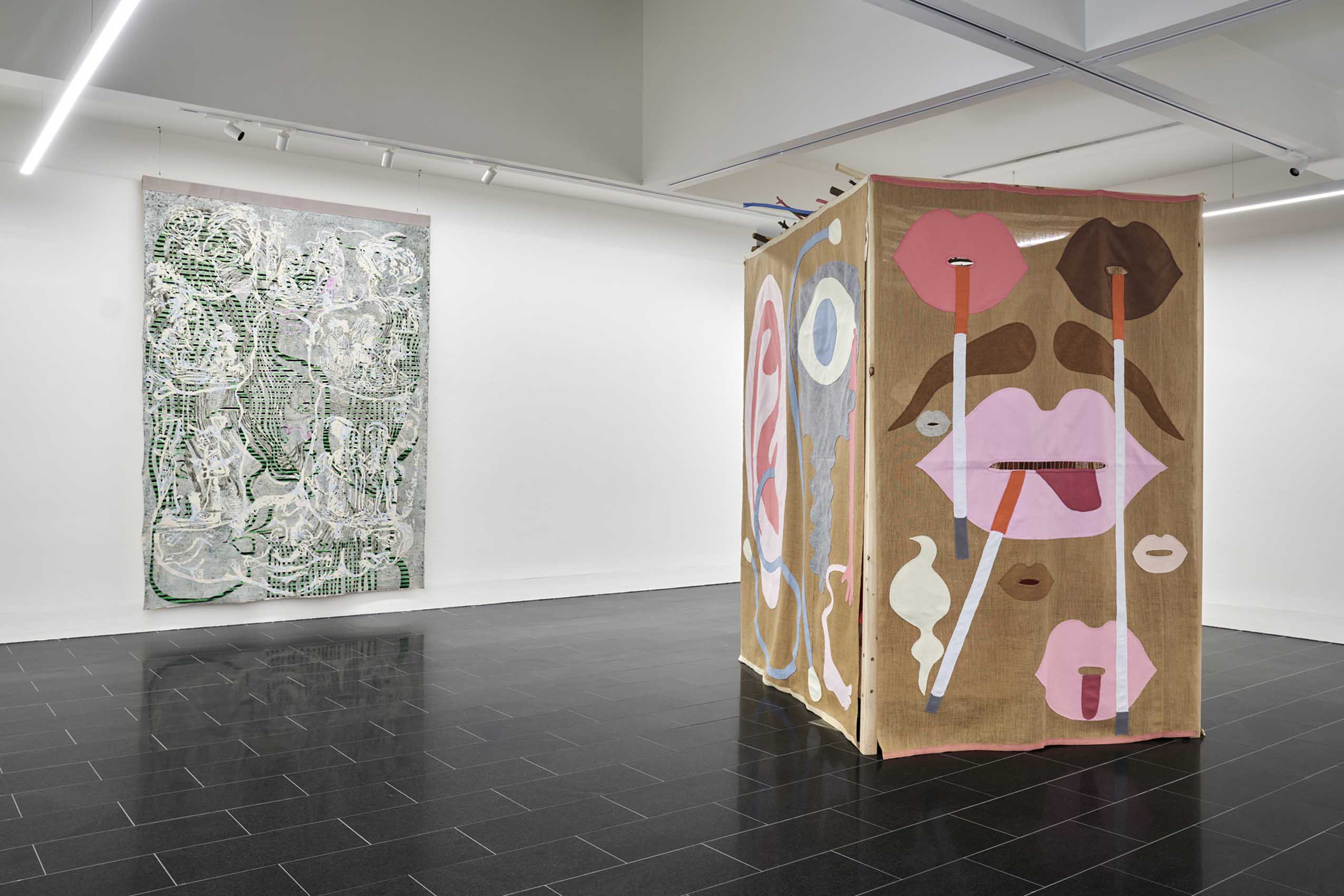
Left: Helen Johnson, ‘Leapyear ladies pop’, 2022. © Helen Johnson. Courtesy the artist. Right: Jonathan Baldock, ‘My biggest fear is that someone will crawl into it’, 2017. © Jonathan Baldock. Courtesy the artist and Stephen Friedman Gallery. Photo: Leon Schoots -
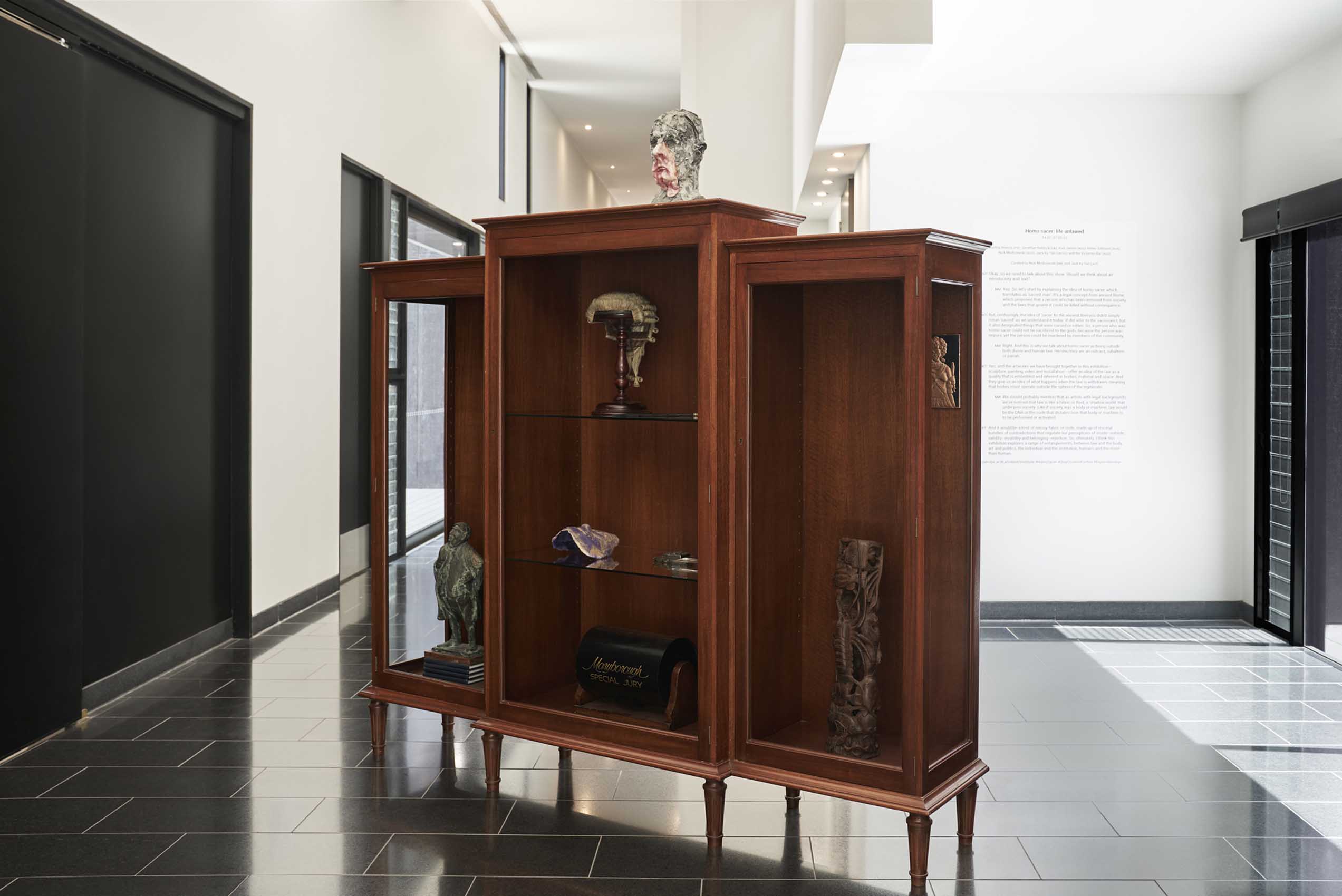
Items from the Victorian Bar, c. 1930 – c. 2010. Nick Modzrewski, ‘Landscape painter’ (atop cabinet), 2022. © Nick Modrzewski. Courtesy the artist and COMA Gallery. Photo: Leon Schoots -
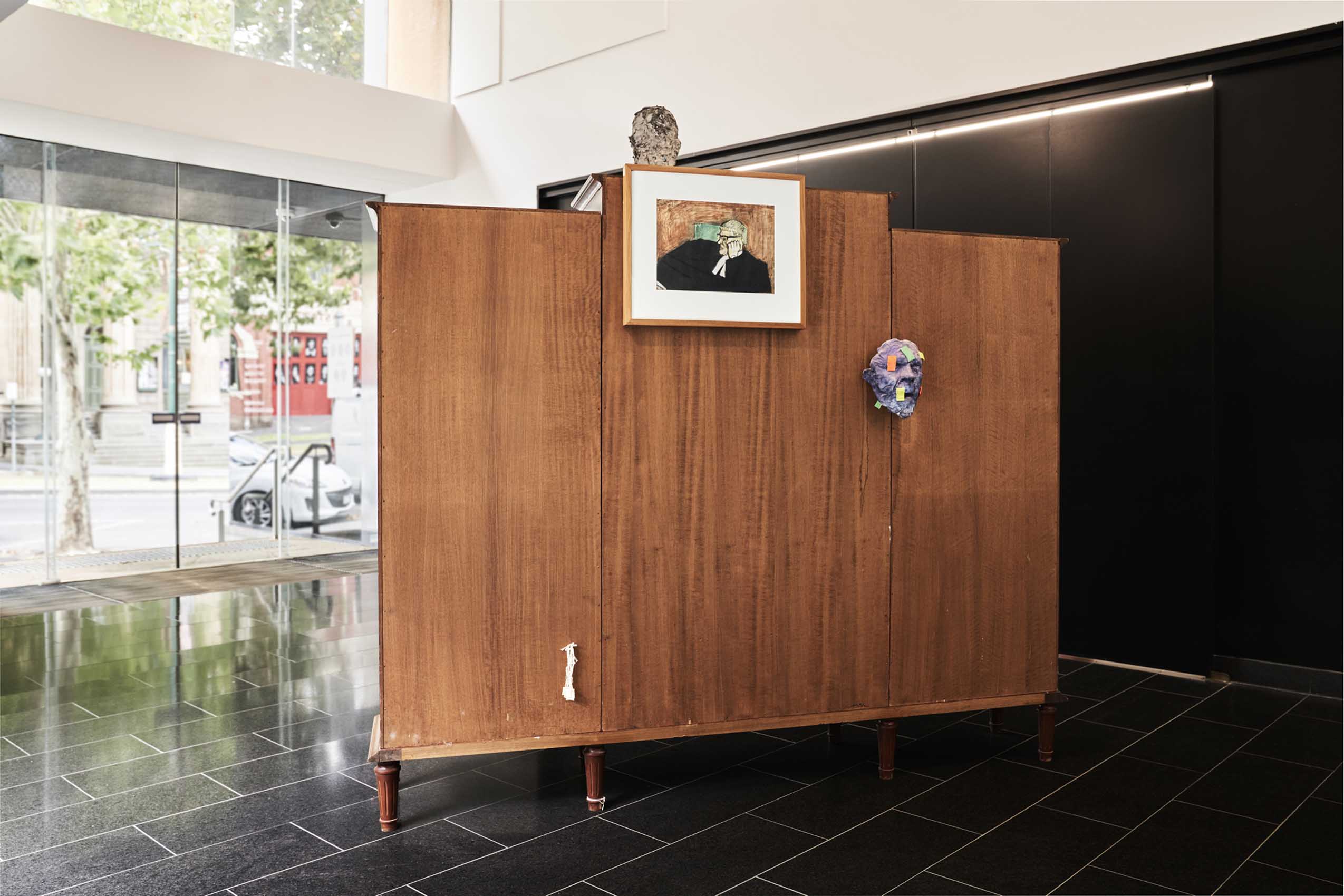
Items from the Victorian Bar, c. 1930 – c. 2010. Courtesy the Victorian Bar. Nick Modrzewski, ‘Landscape painter’ (atop cabinet), 2022, and ‘Death mask’ (inside cabinet), 2022. © Nick Modrzewski. Courtesy the artist and COMA Gallery. Photo: Leon Schoots -

Item from the Victorian Bar, c. 1930 – c. 2010. Courtesy the Victorian Bar. Photo: Leon Schoots -
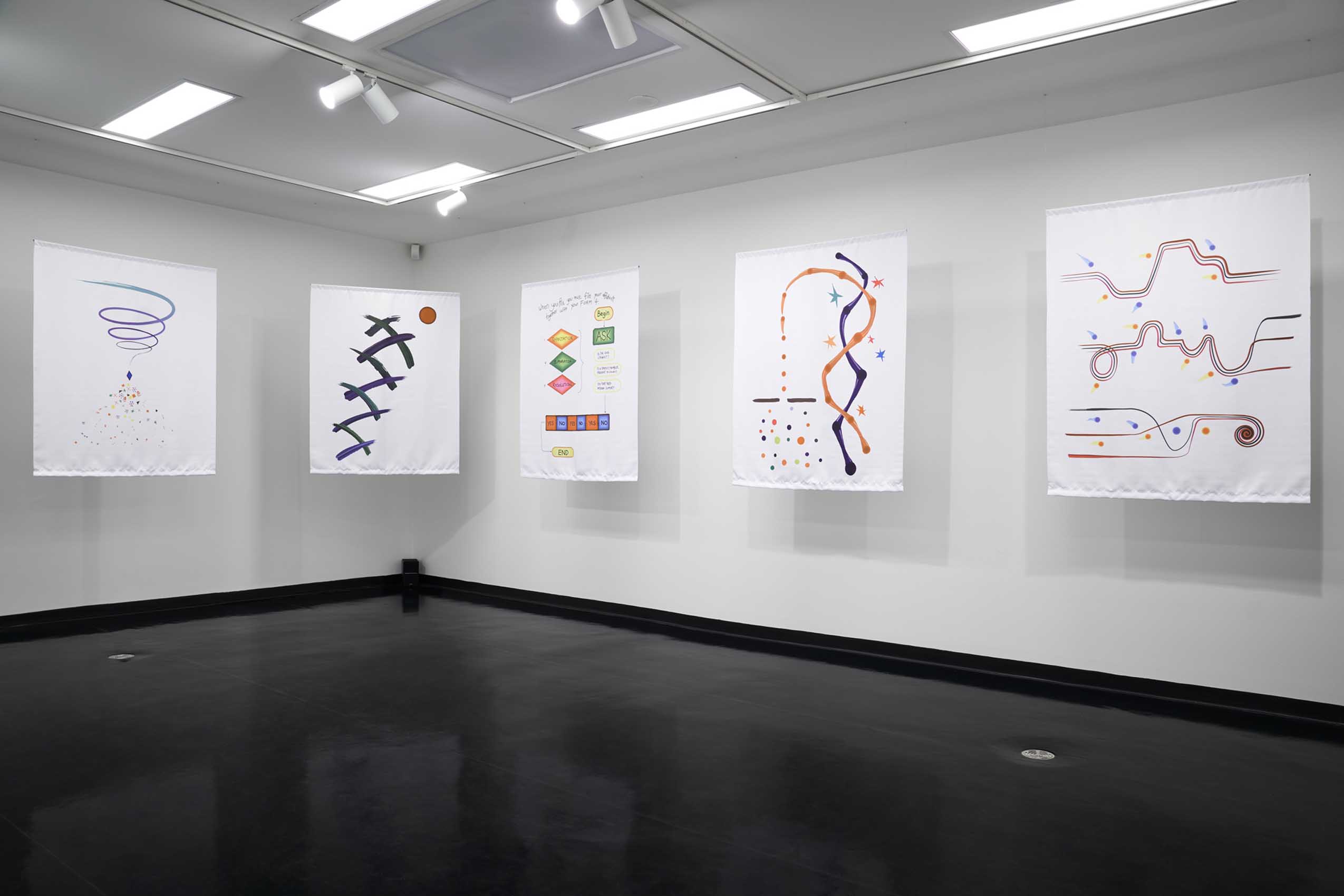
Jack Ky Tan, ‘Hearings’, 2016. © Jack Ky Tan. Courtesy the artist. Photo Leon Schoots -
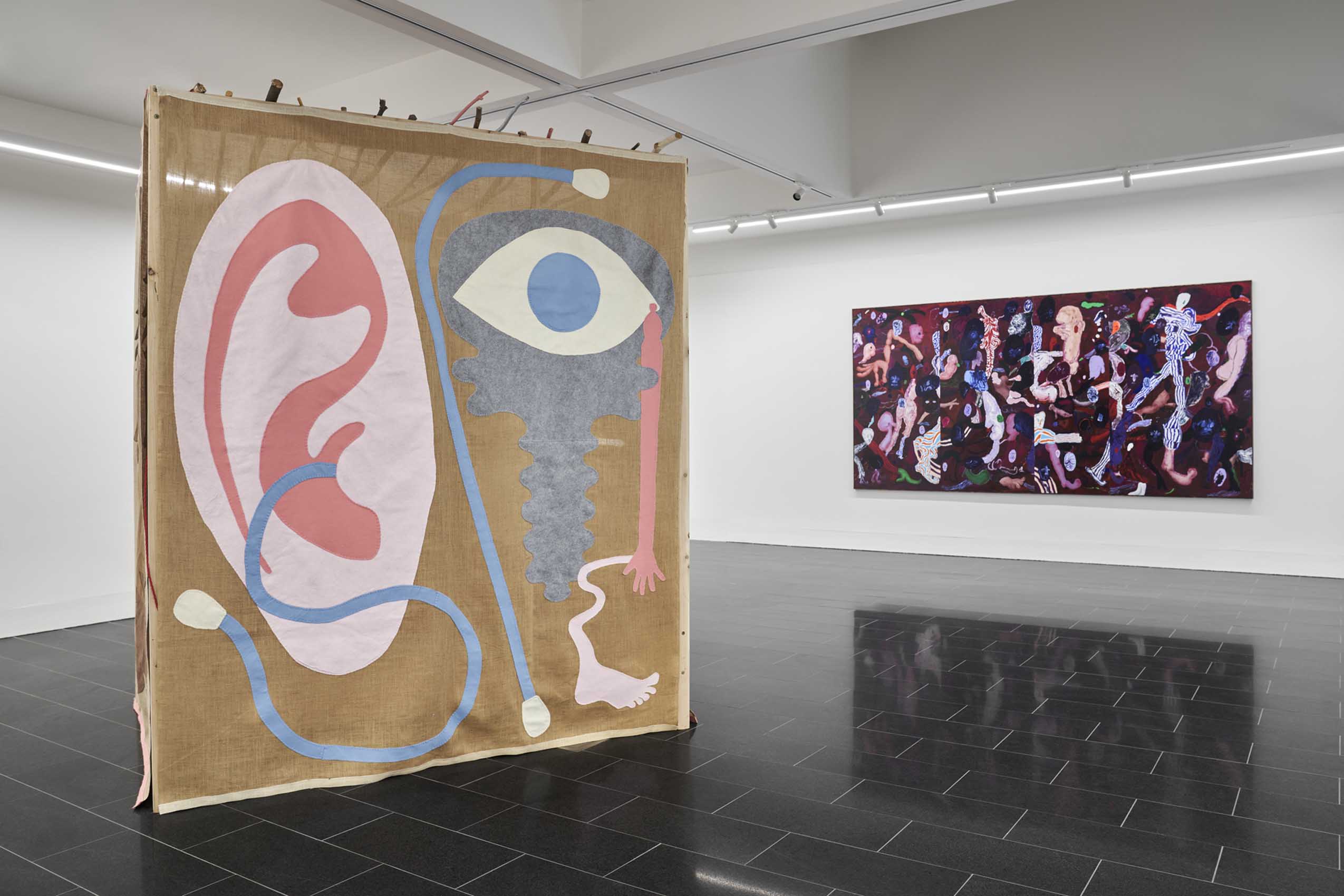
Left: Jonathan Baldock, ‘My biggest fear is that someone will crawl into it’, 2017. © Jonathan Baldock. Courtesy the artist and Stephen Friedman Gallery. Right: Nick Modzrewski, ‘Homo sacer’, 2023. © Nick Modrzewski. Courtesy the artist and COMA Gallery. Photo: Leon Schoots -
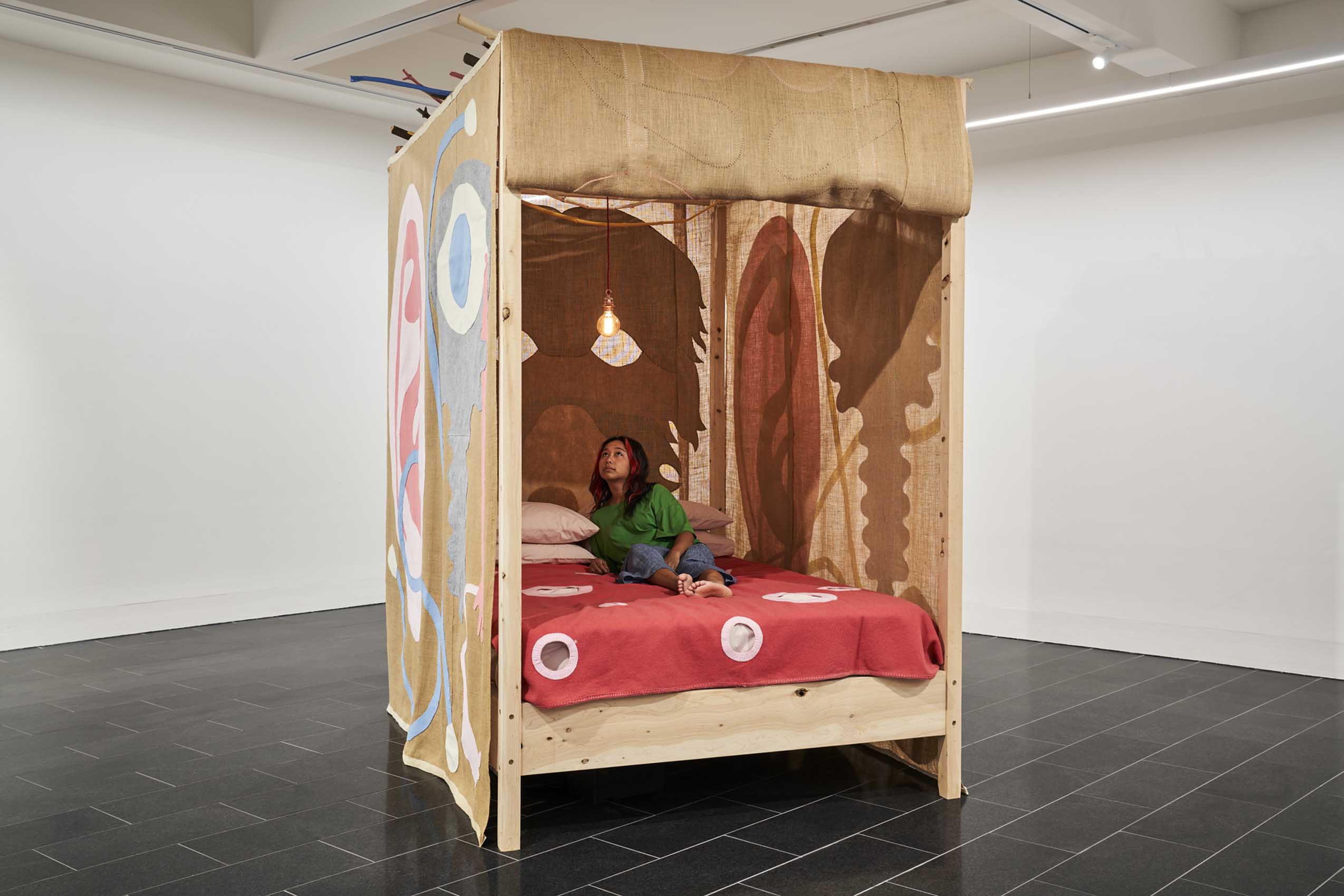
Jonathan Baldock, ‘My biggest fear is that someone will crawl into it’, 2017. © Jonathan Baldock. Courtesy the artist and Stephen Friedman Gallery. Photo: Leon Schoots -
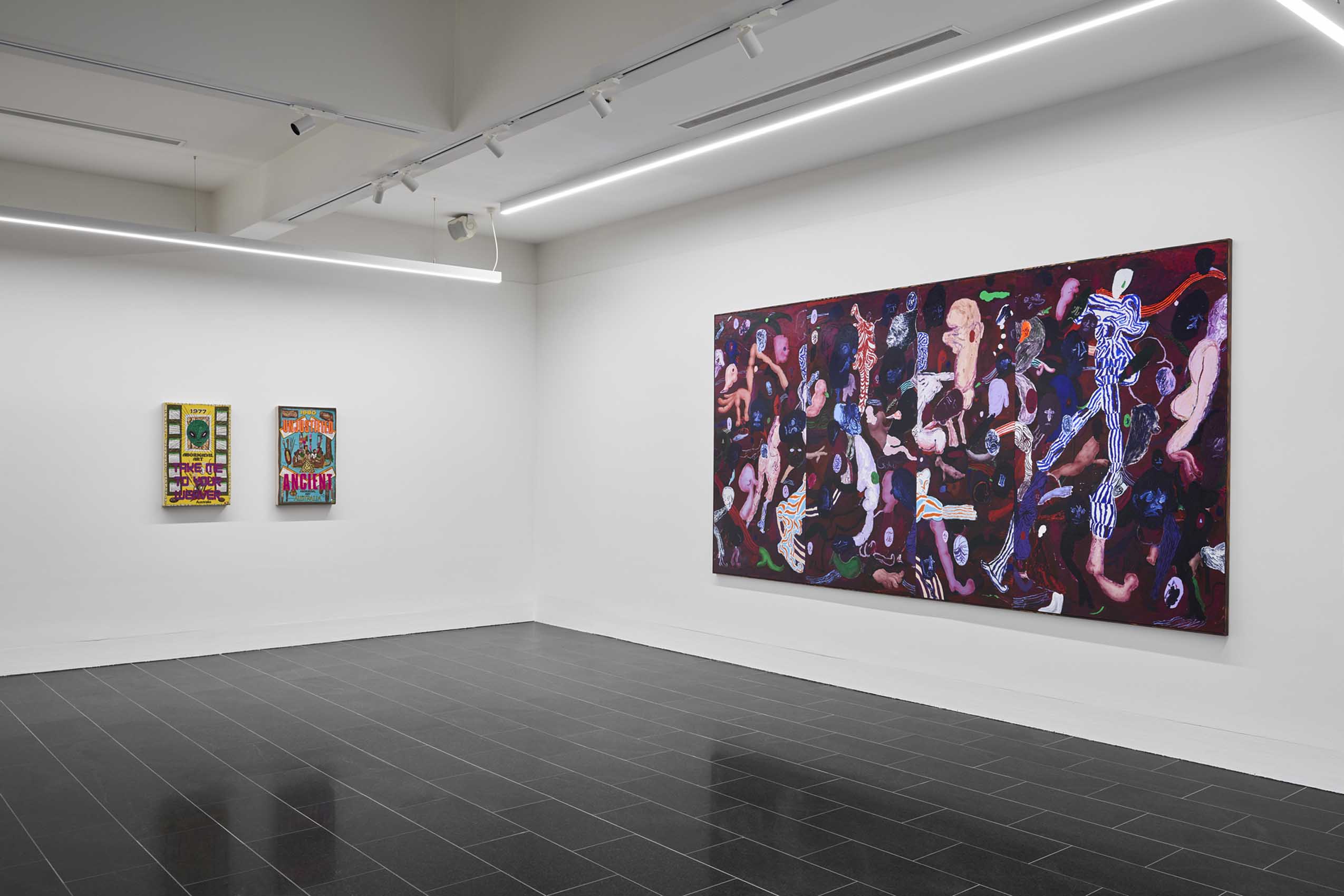
Kait James, ‘Take me to your weaver’, 2022, and ‘Unjustified & ancient’, 2022. © Kait James. Courtesy the artist and Neon Parc, and collection of Neil Hobbs and Karina Harris respectively. Right: Nick Modzrewski, ‘Homo sacer’, 2023. © Nick Modrzewski. Courtesy the artist and COMA Gallery. Photo: Leon Schoots